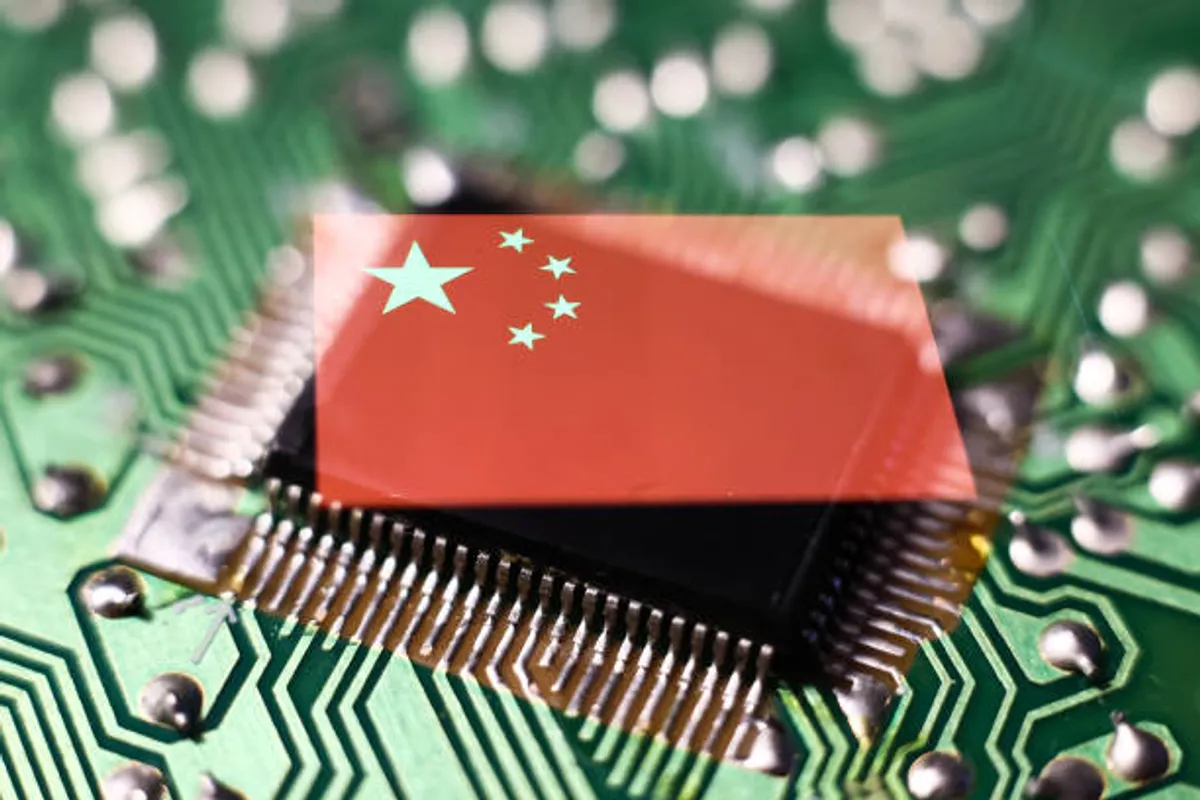
Malaysia Invests RM 600 Million in Rare Earth Magnet Plant to Boost Industry

GeokHub
Contributing Writer
Malaysia’s Prime Minister Anwar Ibrahim has announced a RM 600 million (approximately USD 142 million) investment to build a large-scale super-magnet manufacturing facility in the state of Pahang. The project, a collaboration between Australia’s Lynas Rare Earths and South Korea’s JS Link, is designed to produce an estimated 3,000 tonnes of neodymium magnets and will be located near Lynas’ advanced-materials plant in the Kuantan district.
Anwar confirmed that land acquisition for the site is complete and that this project is no longer just a memorandum of understanding but one moving toward operational launch. He emphasised the facility’s role in enhancing Malaysia’s position in advanced materials and clean-technology sectors, and in developing a domestic supply chain for critical minerals.
Though Malaysia boasts an estimated 16.1 million metric tons of rare-earth deposits, the country currently lacks significant local processing technology. The government has been actively seeking foreign investment and partnerships to build midstream and downstream capacity in the sector, thereby reducing reliance on raw-material exports.
Analysis / Impact:
This announcement marks a strategic step for Malaysia in the global race to secure and process critical minerals. Super-magnets made from rare-earth elements like neodymium are vital for electric vehicles, wind turbines, electronics and defence systems. By installing domestic manufacturing of these components, Malaysia stands to capture more value and reduce leakage in its industrial chain.
For Lynas and JS Link, this facility offers access to both Southeast Asian resources and proximity to markets that are shifting away from traditional suppliers. For Malaysia, the opportunity lies in moving up the value chain—not just mining raw materials, but transforming them into higher-value products. This shift aligns with recent government policy to discourage raw-material export and instead promote processing and manufacturing within the country.
That said, challenges remain. The country’s rare-earth deposits may be large in estimate, but converting those into commercially viable operations requires significant technological, environmental and regulatory capacity. Furthermore, global competition in rare-earth processing remains fierce, with nations like China holding extensive processing dominance. Malaysia will need to ensure that environmental safeguards, infrastructure and industry-ready trajectories keep pace with policy ambition.
In summary, the RM 600 million magnet plant announcement is a tangible advance toward Malaysia’s vision of becoming a node in the global critical-minerals ecosystem. Execution will be key: if the plant launches on schedule and integrates well with local supply chains, Malaysia could broaden its industrial base and attract further investment in this strategic sector.








